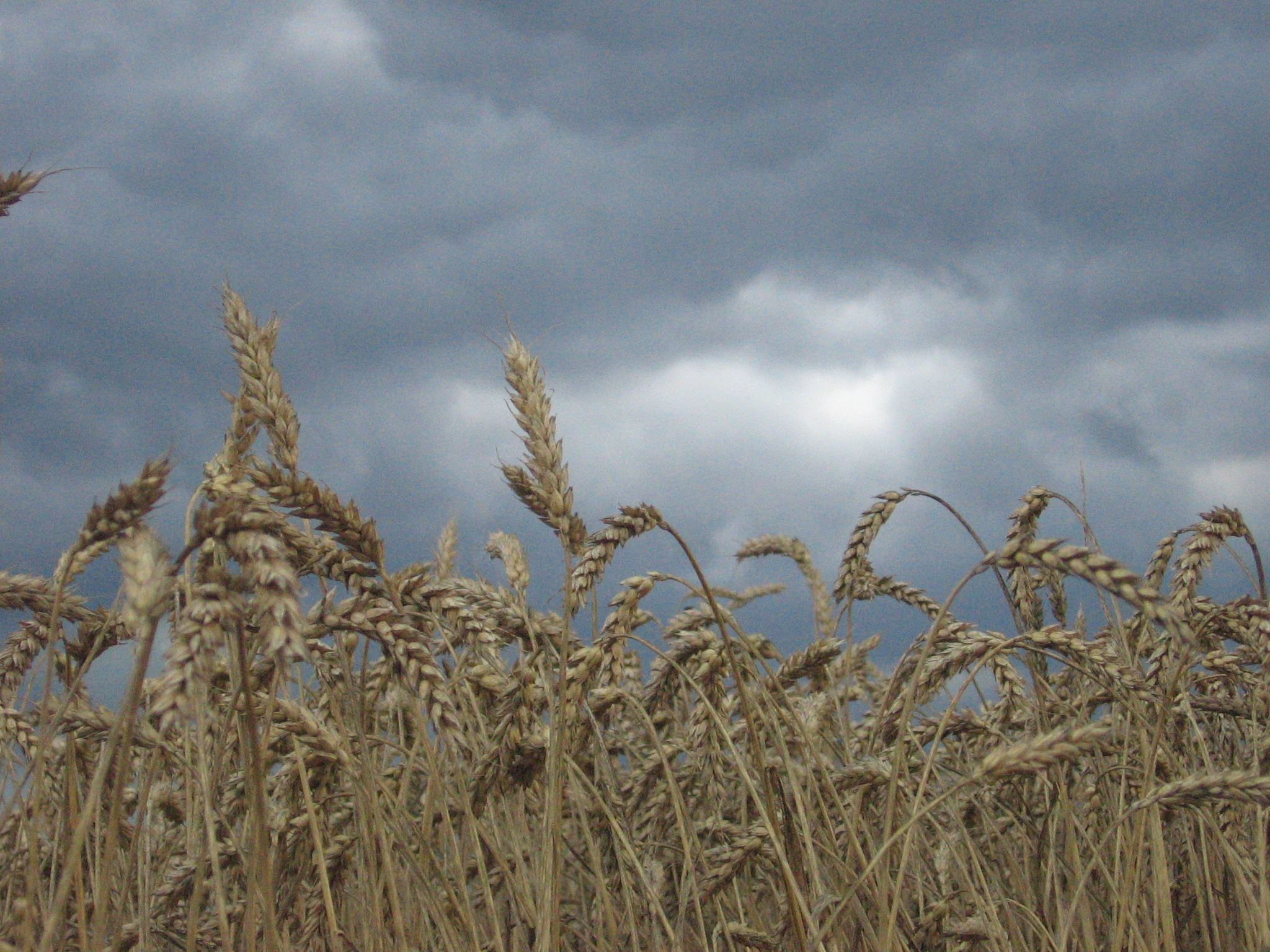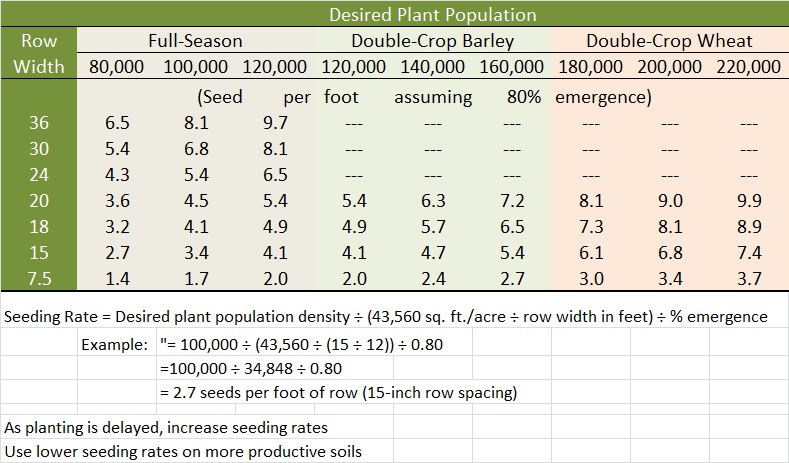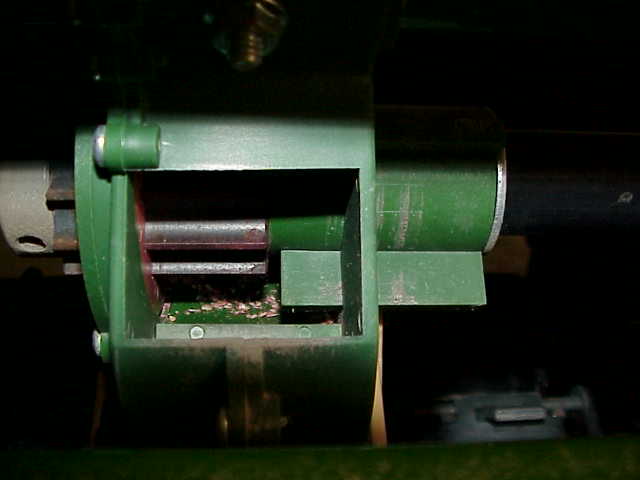 Small grains are maturing rapidly and soybean planting will soon follow. While there is little benefit to having more than 70 to 80 thousand uniformly-spaced soybean plants per acre when planted in May, more plants will be needed to maximize yield potential as planting date is delayed later into June. My general seeding rate recommendations (seed per foot, depending on row spacing) are listed in the table below.
Small grains are maturing rapidly and soybean planting will soon follow. While there is little benefit to having more than 70 to 80 thousand uniformly-spaced soybean plants per acre when planted in May, more plants will be needed to maximize yield potential as planting date is delayed later into June. My general seeding rate recommendations (seed per foot, depending on row spacing) are listed in the table below.  Note that I give a range for full-season, double-crop after barley, and double-crop after wheat. The range represents how the optimal seeding rate will vary depending on yield potential (determined largely by soil type and weather), planting date, and uniform spacing. With soybean, greater yield potential usually means that lower seeding rates can be used (opposite from corn). This basically reflects the capacity of the soil to produce more-than-adequate leaf area to fill in relatively wide spacing and/or gaps between plants within a row. If it’s a productive soil (good plant-available water-holding capacity and good fertility), early plant growth will generally be greater due to lack of stress. In contrast, if the soil is not as productive, stress may prevent soybean from filling in gaps within and between rows as quickly; therefore, more plants per acre are needed.
Note that I give a range for full-season, double-crop after barley, and double-crop after wheat. The range represents how the optimal seeding rate will vary depending on yield potential (determined largely by soil type and weather), planting date, and uniform spacing. With soybean, greater yield potential usually means that lower seeding rates can be used (opposite from corn). This basically reflects the capacity of the soil to produce more-than-adequate leaf area to fill in relatively wide spacing and/or gaps between plants within a row. If it’s a productive soil (good plant-available water-holding capacity and good fertility), early plant growth will generally be greater due to lack of stress. In contrast, if the soil is not as productive, stress may prevent soybean from filling in gaps within and between rows as quickly; therefore, more plants per acre are needed.
Secondly, as planting is delayed, greater seeding rates are needed to make up for the lost time. Although this is not a big factor until the second or third week of June, yield falls rapidly afterwards, on average about 1/2 bushel per acre per day delay in planting. More seed per acre will make up for much of this yield loss.
Finally, note that I stated “uniformly-spaced” plants. Many drills are just pushing seed out a small opening  and this seed then bounces to and fro within a long tube (this is sometimes referred to as a “controlled spill”). Without a metering system near the disk opener, this will result in a stand that is far from being uniform – it’s over-planted in some areas, it’s under-planted in others). Therefore, I lean towards the higher seeding rates with planted with a drill that does not meter the seed.
and this seed then bounces to and fro within a long tube (this is sometimes referred to as a “controlled spill”). Without a metering system near the disk opener, this will result in a stand that is far from being uniform – it’s over-planted in some areas, it’s under-planted in others). Therefore, I lean towards the higher seeding rates with planted with a drill that does not meter the seed.
So, where are we today? I lean towards planting around 150 to 180 thousand seed per acre (to give 120 to 140 thousand plants per acre). You should begin to slowly bump up that seeding rate as we near the end of June. We have conducted numerous double-crop soybean experiments over the years. Our data indicate that, in most cases, we need 180,000 plants per acre by the end of June in order to maximize our yield.
Although these seeding rate recommendations are based on lots of data, only the growing season will determine if we chose the correct rate. If we have plenty of sun and rain, little to no plant stress, and excellent early-season vegetative growth, these seeding rates will be too high. But if the opposite occurs, we’ll need all the plants that we can fit into a field.
